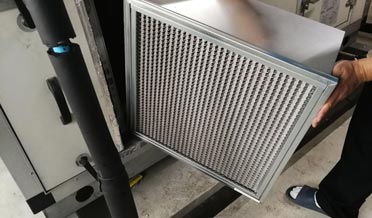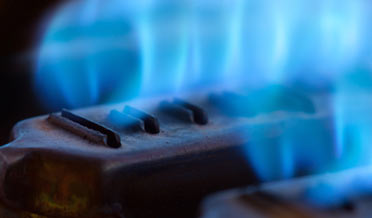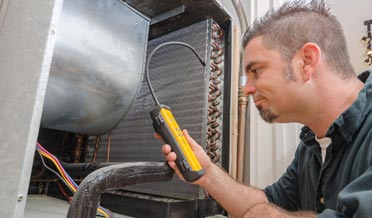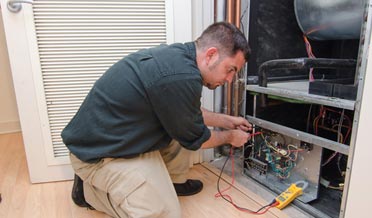Furnace Maintenance Tips for this Winter
Manufacturers and the U.S. Department of Energy both recognize the necessity of regular maintenance of residential HVAC systems. Focus on maintenance increases at the beginning of the cooling and heating seasons and for good reason. When the temperature gets extreme, HVAC systems come under stress and develop problems that require repairs. Maintenance is best accomplished while the temperatures are still mild, and the repair schedule has openings.
Furnace systems come in three basic configurations: mini-split systems, all-electric systems, and gas-powered systems. Some maintenance tasks must be completed on all three styles of furnaces, but gas-powered systems require a few additional tasks. Let’s look a little closer at these tasks.
Common Furnace Maintenance Tasks
- Dust and dirt are the natural enemies of every mechanical system, so cleaning these systems is essential. Dust interferes with movement and the function of sensors. Technicians receive specialized training to know where and how to open system structures for safe cleaning.
- Electronic Testing. The wiring in a furnace might carry 14 volts or it might carry 220 volts, so testing electrical components can be rather daunting. Sensors measure high and low temperatures and send messages to control mechanisms that govern even other functions.
Testing these electronics is essential. They are very integrated, so trouble in one part is easily transferred to one or more parts. Inspection and testing can find the initial problem before it spreads.
- Inspecting Ductwork. Only a small part of the home’s ductwork is visible, but it is important to complete an inspection of the visible ductwork. Air is forced through these ducts, so sealing cracks or holes will reduce the amount of air lost from the heating cycle.
- Investigating the Thermostat. Most thermostats require power from batteries and the batteries will need to be changed regularly. Some thermostats also require recalibration occasionally.
- Changing the Filter. This should be a familiar task—hopefully, you are also changing filters at least every three months.
Unique Furnace Maintenance Tasks for Gas-powered Systems
- Inspecting the Supply Line. A technician will map the supply line that brings natural gas to the furnace and inspect the tubing for corrosion. The shut-off valve must turn freely during an emergency.
- Observe the Flame. When natural gas combusts completely, the flame should burn blue. The products of complete combustion are carbon dioxide (CO2) and water vapor. When the combustion does not receive enough oxygen—incomplete combustion—the flame will be primarily yellow and the products are carbon (soot), carbon monoxide (CO) and water vapor. The burner should produce a blue flame to function efficiently.
- Cleaning the Combustion Chamber. The sensors that govern gas flow/combustion are very sensitive (thankfully), but they are easily affected by soot and dirt. The water vapor produces rust on the burner assembly, which must be cleaned away. Should the rust compromise the burner, the burner will need to be replaced.
- Careful Inspection of the Heat Exchanger. The heat produced by the flame cannot move directly into the home—remember the CO2 and CO? The hot air enters a maze of tubes surrounded by a heat collection chamber and this hot air is delivered to the home. This heat exchanger chamber must be carefully inspected to ensure the water vapor does not compromise the walls.
- Cleaning the Vent Stack. Eventually, the combustion exhaust must exit the building and be vented outdoors. The technician will make sure water vapor has not corroded a hole through the vent walls, which would allow the exhaust to enter the home. In addition, various wildlife love to find entrance into small spaces to build homes, which would prevent the gas from exiting. Neither of these lead to good results.
A thorough maintenance inspection of your furnace system will help your system to run efficiently, make your home comfortable, and avoid hazardous situations.
If you have Furnace Maintenance Questions, R.M. Mullinix has the Answers.
For more information about R.M. Mullinix and our Furnace Maintenance services, schedule an appointment, or visit our HVAC maintenance information page.










